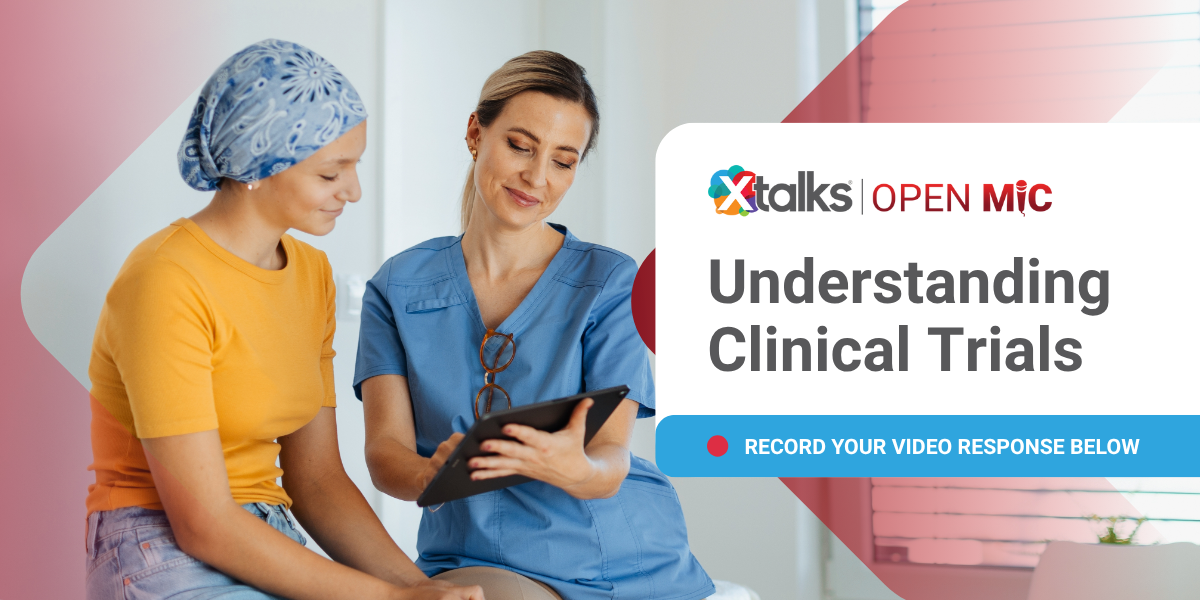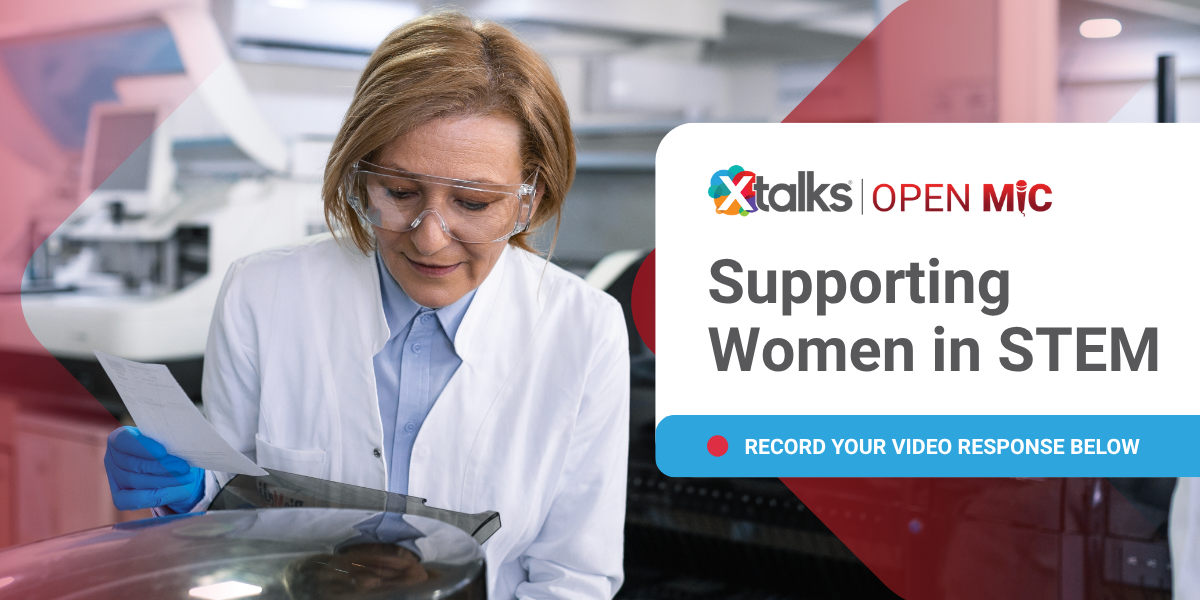Diabetes affects hundreds of millions worldwide — currently, about 537 million people live with the condition, with projections reaching nearly 643 million by 2030.
These figures underline the urgency for novel and more effective treatment strategies, particularly for type 1 diabetes (T1D). Although T1D accounts for only about 5% to 10% of all diabetes cases, its onset at a young age and the need for lifelong management present unique challenges.
According to CDC data, 1.7 million US adults over the age of 20 — or roughly 5.7% of all adults diagnosed with diabetes — indicate they have T1D and are using insulin as part of their treatment.

T1D is an autoimmune disorder in which the body’s immune system attacks its own insulin-producing beta cells. This unique pathophysiology not only requires lifelong insulin therapy but also calls for specialized therapeutic strategies that address the immune aspect of the disease.
Furthermore, there are substantial regional disparities in access to T1D care, highlighting the need for customized treatment approaches and global cooperation.
In this in-depth conversation, Jonathan Rigby, CEO of the Canada-based biotech company Sernova, shared insights into the company’s cutting-edge work in cell therapy for diabetes.
With more than 30 years of experience in the biopharma sector, Rigby highlighted the potential for transformative changes in diabetes management through innovative scientific approaches.
His perspective highlights the critical need for regenerative therapies that go beyond traditional insulin replacement, offering hope for a future where T1D can be managed more naturally and with fewer complications.
Xtalks Clinical Edge™: Issue 4 — Sernova’s Approach to Cell Therapy for Type 1 Diabetes
Xtalks Clinical Edge™ is a magazine for clinical research professionals and all who want to be informed about the latest trends and happenings in clinical trials. This magazine immerses you in a world where industry leaders, patient advocates and top researchers converge to provide the most insightful perspectives on clinical trials.
Addressing Unmet Needs in Diabetes Management
Rigby emphasized that while current therapies — including insulin injections and continuous glucose monitoring — have significantly improved patient care, they still fall short of replicating the complex hormonal interplay of a fully functional pancreas.
“To achieve normal glycemic control, a normal pancreas produces insulin, which lowers blood sugar, it produces glucagon, which raises blood sugar when your sugar is coming down to a dangerous low level. And you have a hormone called somatostatin that regulates both of these hormones,” Rigby noted.
He emphasized this point further by stating, “We are nowhere near meeting the needs for treating this disease,” highlighting the substantial gap between current management approaches and the ideal of fully restorative therapy.
He explained that T1D patients must make numerous daily decisions about their treatment, which contributes to constant vigilance and anxiety.
Sernova aims to alleviate patient burden by re-establishing a natural, autonomous regulatory system, thereby reducing the mental load associated with diabetes management.
Their innovative approach holds the potential to not only improve physiological outcomes but also enhance the overall quality of life for individuals living with diabetes.
Engineering a Bio-Hybrid Organ for T1D Clinical Research
Sernova’s approach centers on implanting therapeutic cells — initially sourced from human donors and later from stem cell-derived islet-like clusters — into a bio-hybrid organ designed to restore natural insulin production. This surgically implantable, porous mesh device is engineered to create a prevascularized environment.
Once implanted under the skin, the pouch integrates with the body’s natural vasculature over a four- to six-week period, forming what Rigby describes as a “living ecosystem” that nurtures and sustains therapeutic cells. This vascular network is essential for ensuring that the cells receive the necessary oxygen and nutrients to function effectively over the long term.
Inside this bio-hybrid organ, the cells are housed in specially designed chambers. These cells are not only responsible for producing insulin, but they also secrete glucagon and somatostatin, thereby mimicking the balanced hormonal regulation of a natural pancreas.
As Rigby emphasizes, “having them stay in the pouch is actually quite important,” a design feature that allows for the retrieval of the cells if necessary — a safety advantage not commonly found in traditional cell therapy approaches. This innovative configuration not only supports the cells’ survival but also paves the way for more adaptive and patient-centric diabetes treatment strategies.
Early Clinical Data
Early clinical results from Sernova’s Phase I/II trial — which is assessing the safety, tolerability and effectiveness of their implantable bio-hybrid organ transplant system containing donor islets in individuals with T1D — are promising.
All six patients in the initial cohort of Sernova’s Phase I/II clinical trial achieved sustained insulin independence following combined islet transplantation administered both via the device and intraportally.
The very first patient treated remained free from insulin injections for over four years, with blood sugar levels consistently in the non-diabetic range (HbA1c ≤6.5%). More than five years after the initial transplant, the device was removed from this patient when immune suppression had to be halted due to other unrelated health issues.
Histological analysis of the explanted devices revealed abundant, well-vascularized islets across all chambers, with cells actively producing insulin, glucagon and somatostatin even after more than five years in the body. Additionally, pathology assessments confirmed there was no evidence of detrimental fibrotic tissue, material degradation or alterations in the device’s architecture, underscoring its stability and long-term functionality.
These encouraging findings lay the groundwork for refining the system in larger studies and potentially moving closer to a more natural, patient-friendly solution for managing T1D.
Scientific Challenges and Clinical Insights
One of the main challenges in developing cell therapies for diabetes is obtaining a reliable and high-quality supply of therapeutic cells.
Rigby explained that with donor islet cells, “you can’t order them from a CRO, you can’t go to CVS and buy them,” highlighting the challenges associated with cell availability and quality control.
To address these issues, Sernova is collaborating with research partners to transition to induced pluripotent stem cell (iPSC)-derived islet-like clusters — a strategy that promises a more abundant and standardized cell source.
Another significant challenge is managing the immune response to these transplanted cells. The therapy must balance effective immune suppression to protect the cells while minimizing the risks associated with prolonged immunosuppression. Rigby explained that they “believe we’ve optimized the immune suppression regimen, and we’re testing that right now in the clinic,” helping to ensure that the cells thrive over the long term while maintaining a safe balance for patients.
Looking Ahead: Broader Applications and Future Milestones
In Sernova’s efforts to advance its T1D investigational treatment, ongoing clinical milestones include refining immune suppression regimens to help ensure both efficacy and safety, while expanding collaborations to develop iPSC-derived islet clusters.
While the current focus remains on treating T1D, Rigby highlighted that the underlying bio-hybrid approach could also be applied to other conditions such as hypothyroidism and hemophilia, demonstrating the platform’s versatility in regenerative medicine.
This adaptability was further underscored by recent news: On March 3, 2025, Sernova Biotherapeutics received FDA clearance for its IND application to evaluate an implantable bio-hybrid organ with autograft thyroid cells in patients undergoing thyroid surgery for nodular thyroid disease.
Such developments show the promise of this technology not only for diabetes but also for other chronic diseases that require the restoration of natural cellular functions.
Together, these efforts pave the way for potential long-term solutions that could ultimately lead to more autonomous and patient-friendly treatments in various therapeutic areas.













Join or login to leave a comment
JOIN LOGIN